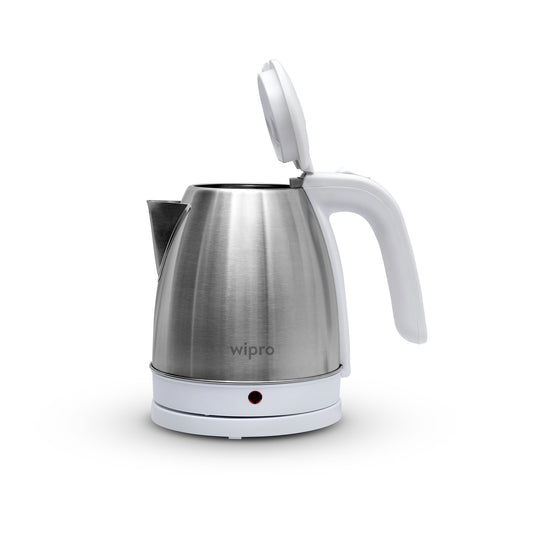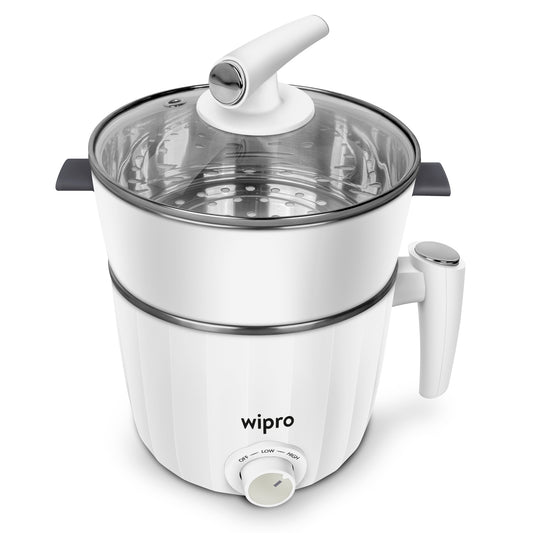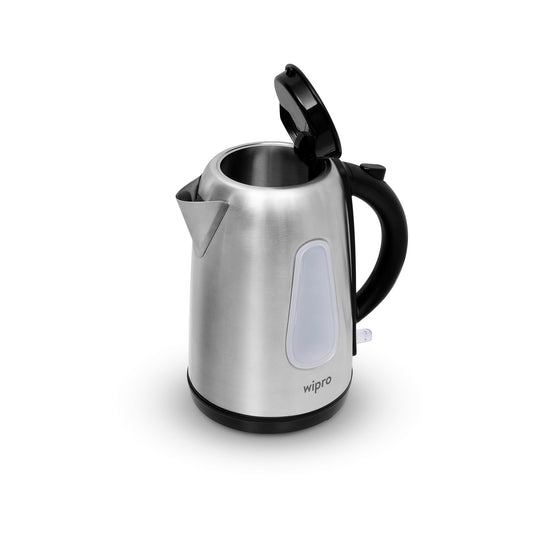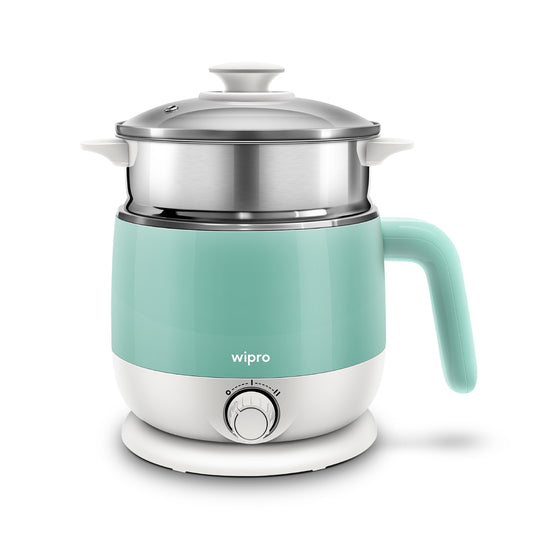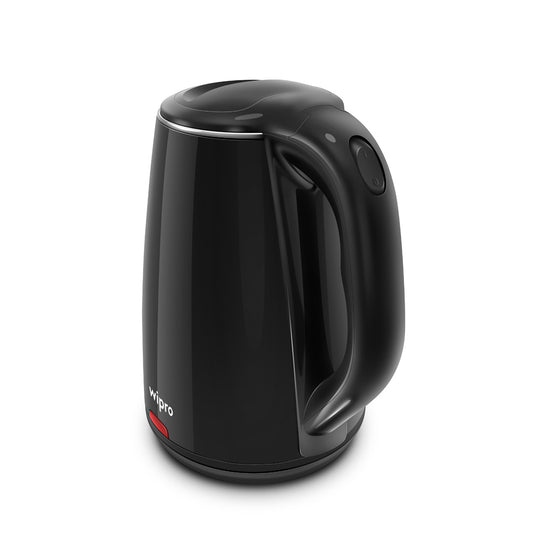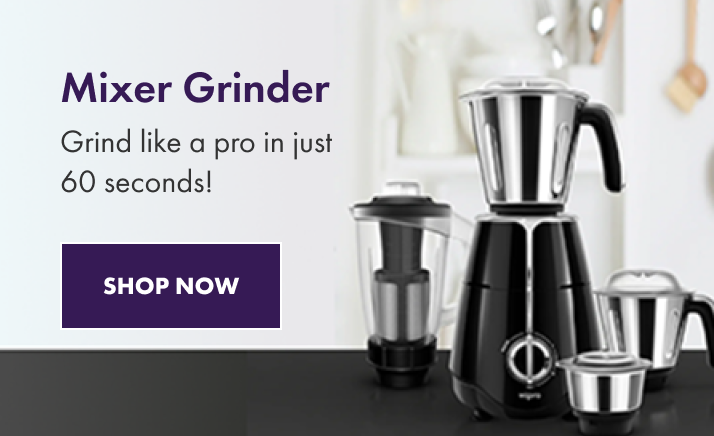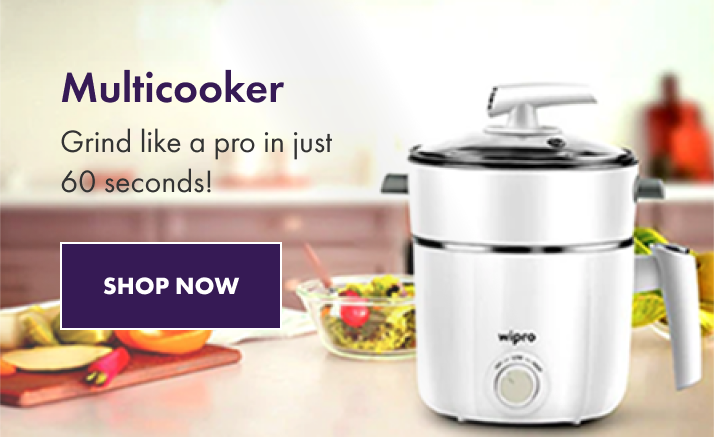There is a unique comfort in the ritual of preparing a hot beverage. Whether it’s the first cup of chai in the morning, a quick coffee to beat the afternoon slump, or a soothing green tea before bed, the process should be quick and effortless. In the modern Indian kitchen, no appliance delivers this convenience better than the electric kettle. It’s a marvel of speed and simplicity.
But have you ever paused, just as the kettle clicks off, and wondered what just happened? How does it heat water so fast and know exactly when to stop? Let’s pull back the curtain and explore how an electric kettle works.
What is an Electric Kettle?

An electric kettle is a self-contained appliance that heats water using electricity. Unlike stovetop kettles, electric kettles offer quicker heating, auto shut-off features, and are often more energy-efficient. They’ve become indispensable in modern kitchens for everything from brewing tea to preparing instant noodles.
How Electric Kettle Works: The Science Inside
So, how do kettles work? At the heart of it is a simple yet clever piece of technology: the heating element.
Here’s a breakdown of how an electric kettle works:
- Heating Element: Located at the base, the concealed heating coil transforms electrical energy into heat when the kettle is plugged in and switched on.
- Thermostat Sensor: This detects temperature changes. Once the water reaches its boiling point (100°C), the thermostat triggers an automatic shut-off to prevent overheating or dry boiling.
- Steam Sensor: Some kettles use steam sensors to detect when water boils and safely switch off.
- Insulated Walls: These help retain heat and prevent burns while touching and holding the electric kettle from outside.
This smart combination makes boiling water both fast and safe. Now that you understand how kettle works, let’s look at how to operate one correctly.
How to Operate an Electric Kettle
Learning how an electric kettle works is straightforward, but doing it the right way ensures safety and appliance longevity:
- Place the kettle on its base securely.
- Open the lid and fill it with cold water. Never exceed the maximum fill line.
- Close the lid firmly to activate the safety lock.
- Switch it on using the power button.
- Wait for the water to boil as most kettles shut off automatically.
- Pour carefully, using the ergonomic handle and drip-free spout.
The Wipro Elato 1.8 Litre Glass Electric Kettle offers additional features like keep-warm functions and cool-touch design to make daily use even more convenient.

Dos and Don’ts of Using an Electric Kettle
To make the most out of your appliance, follow these essential guidelines:
Dos:
-
Always use clean, cold water.
-
Empty unused water after each use.
-
Clean the kettle regularly to prevent limescale buildup.
-
Unplug the kettle when not in use.
- Use the kettle on a flat, stable surface.
Don’ts:
-
Never overfill the kettle.
-
Don’t boil anything other than water (unless your kettle specifically supports it).
-
Avoid placing the kettle on the stove or near flames.
-
Never immerse the base in water.
-
Don’t switch it on when empty.
Maintenance Tips: Keep Your Kettle Performing Like New
Understanding how an electric kettle works is only half the task. To keep it running efficiently, regular maintenance is essential. Here’s how to do it:
-
Descaling: Once a month, boil a mix of water and vinegar or lemon juice to remove mineral deposits. This is especially important in hard water areas and helps preserve the heating element affecting how kettle works effectively.
-
Rinse Thoroughly: After descaling, boil fresh water once or twice. This ensures no lingering vinegar or lemon flavour remains in the kettle.
-
Wipe the Exterior: Use a soft, damp cloth to clean the outer surface. Keep the base dry and never immerse it in water, as that affects how electric kettle works safely.
-
Check the Power Cord: Regularly inspect the power cord for damage. A frayed cord can compromise how safely your kettle works over time.
These steps ensure your appliance stays in good condition and continues performing efficiently. There are a lot of Electric kettle models from Wipro Appliances like the Wipro 1.8L Cool Touch Electric Kettle, Wipro Elato electric kettle, that are easy to use and maintain thanks to their wide-mouth design and detachable base.
Why Choose Wipro Electric Kettles?
Wipro Electric Kettles bring together style, smart engineering, and user-friendly features, making them a top choice for modern Indian kitchens. Designed with safety in mind, many models like the Wipro 1.8 L Cool Touch Electric Kettle feature double-walled exteriors that stay cool to the touch and help prevent accidental burns.
The product range offers varied capacities, from compact 1.5 L electric kettle models to larger 1.8 L designs, so there is a kettle to suit every household. Advanced features such as keep-warm functions, auto shut-off, LED indicators, and ergonomic handles make daily use convenient and efficient. Popular options include the Wipro Elato Glass Kettle, Wipro Elato Cool Touch Kettle, and the Wipro 1.7 Litre Stainless Steel Kettle, all built for durability, energy efficiency, and sleek, modern aesthetics.
Conclusion
Understanding how kettle works isn’t just about science but about smarter and safer living. With quick boiling, energy-efficient design, and user-friendly features, electric kettles simplify everyday tasks.
If you're looking to upgrade your kitchen routine, consider one of the many models from Wipro Appliances. They not only offer functionality but also ensure your kitchen stays modern, safe, and efficient.
FAQ
-
How do kettles work without fire?
Kettles use an internal electric heating element to boil water. No flame or stovetop is needed.
-
Can I boil milk or soup in an electric kettle?
No. Most kettles are designed for water only. Boiling milk can cause residue buildup and may damage the appliance.
-
How long does it take to boil water in an electric kettle?
Typically, 3 to 5 minutes, depending on the volume and wattage.
-
What makes Wipro Electric Kettles better?
They offer features like cool-touch exteriors, LED indicators, wide mouths for easy cleaning, and modern asthetic styling.
-
Is descaling necessary?
Yes. Regular descaling helps maintain performance and prevents limescale buildup./p>




















































































































































































































































































































































































































































































